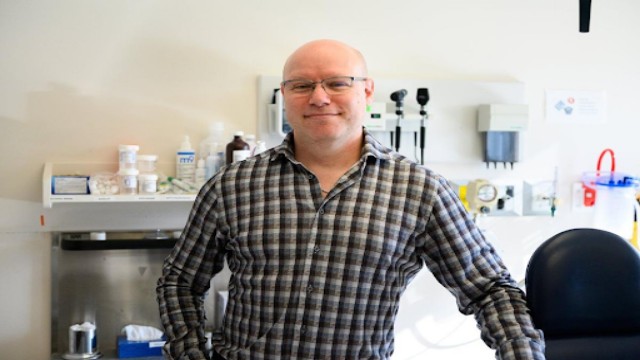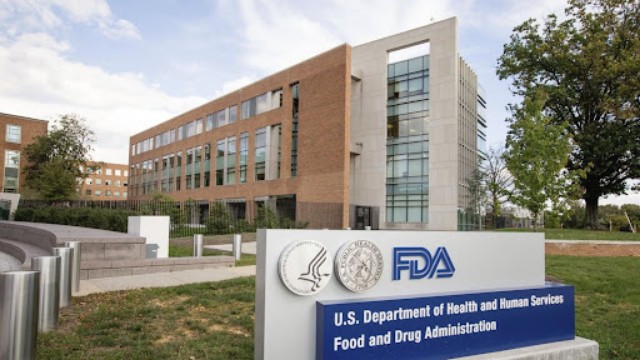
Better Drugs Through AI? (AP Illustration/Jenni Sohn via The Canadian Press
WASHINGTON (AP) — While artificial intelligence (AI) is already revolutionizing sectors like programming and customer service, the pharmaceutical industry is still testing its potential in the drug development process. Despite significant investments, creating new medications remains a lengthy and expensive endeavor, typically taking a decade or more.
Insitro, a company founded in 2018, is part of a growing group of AI-driven firms that aim to speed up drug discovery. Using machine learning to analyze vast datasets of chemical and biological information, Insitro hopes to streamline the process. Based in South San Francisco, the company has partnered with major drugmakers, including Eli Lilly and Bristol Myers Squibb, to develop treatments for conditions such as metabolic diseases, neurological disorders, and degenerative diseases.
Daphne Koller, CEO and founder of Insitro, spoke with the AP about AI’s role in overcoming the hurdles of drug discovery. The following is an edited version of their conversation.
Q: Why is drug development so challenging?
A: Drug discovery is difficult because we’re trying to intervene in biological systems that we only partially understand. Over the last 15 to 20 years, the most successful breakthroughs have occurred when we gained a deep enough understanding of these systems to design targeted treatments.
At Insitro, we focus on untangling the complexity of diseases, particularly those that vary greatly from person to person. By identifying which interventions might work for certain subsets of patients, rather than trying to treat everyone with a single approach, we hope to pinpoint the most effective therapeutic strategies. This, I believe, is one of the key reasons the industry has struggled to find more success.
Q: Large companies like Eli Lilly have teams of expert scientists. What can your technology do that their researchers can’t?
A: Alongside the AI revolution, there's been a quieter shift in biology known as "quantitative biology," which involves measuring biological systems in much greater detail than ever before. Advances in technology allow us to capture data about proteins and cells with unprecedented precision. However, human scientists can only process so much information, and it’s easy to overlook subtle differences when reviewing complex data.
This is where AI comes in. With AI, we can analyze the data in ways that humans simply can’t, enabling us to see patterns and distinctions that might otherwise be missed. By doing so, we can better understand how diseases manifest in different patients and where treatments might make a real impact.
Q: What drew you to this field?
A: My background is in computer science, but in the late 1990s, I became interested in applying machine learning to biomedical problems. At that time, machine learning was mostly used for simple tasks, like classifying spam emails. While that was useful, it didn’t excite me. I was searching for more challenging problems, and as I started exploring the intersection of technology and biology, I found the complexity of biological systems fascinating.
Q: Insitro blends computer scientists and medical researchers. Was it difficult to get these two groups to work together?
A: This has been one of our biggest achievements. When you bring together people with such different backgrounds, they don’t always communicate effectively. Engineers tend to focus on finding the strongest patterns to make predictions, while life scientists often look for exceptions that could lead to new discoveries.
At Insitro, we’ve created an environment that fosters collaboration between these groups. We’ve put cultural and organizational systems in place to help everyone engage openly, constructively, and respectfully, ensuring that we make the most of each person’s expertise.















